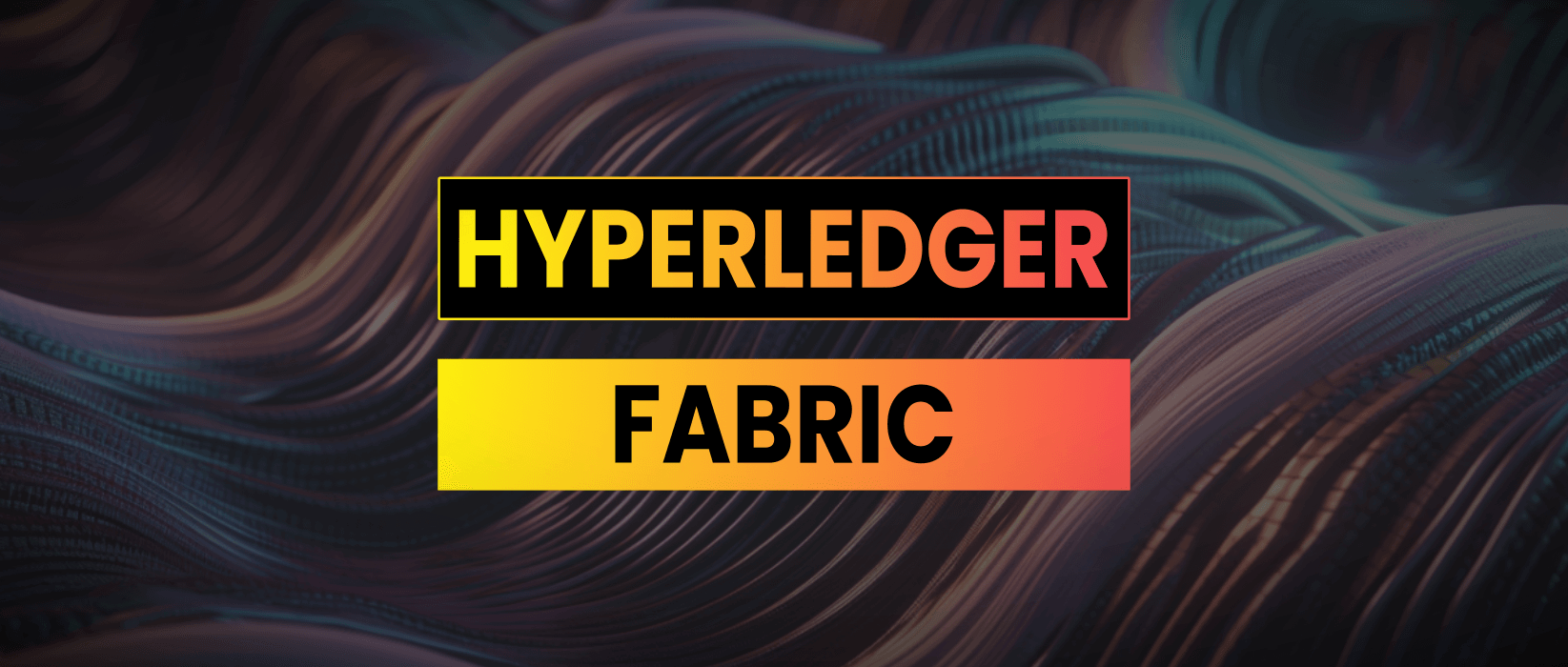Hyperledger Fabric is a permissioned blockchain platform designed for developing enterprise grade distributed ledger applications.
How Does Hyperledger Fabric Work?
Hyperledger Fabric uses a pre-authorised network of nodes, with each node storing a copy of the blockchain ledger. It is EVM based which means you can run Solidity code there, all be it with some quirks.
Hyperledger Fabric is a private blockchain which is accessible only to authorised groups of participants. This is very different to decentralized, public, permissionless blockchains where all users have equal rights. With Hyperledger you can restrict read and write access to the data.
So what is the point? Well blockchain technology still provides valuable data storage patterns for enterprise clients that aren’t able to use public blockchains. By storing data in a blockchain we can create a chronologically ordered, provable timeline of data.
Hyperledger Fabric Modules
Hyperledger Fabric is built on a modular architecture that separates various components into individual modules. This architecture allows enterprise clients to customize and build their blockchain applications, choosing only the modules they need to meet their specific requirements.
Hyperledger Fabric’s modules include:
- Distributed ledger records all transactions on the network and is validated, executed, and added to the ledger using a consensus algorithm
- Virtual machine options for smart contracts including EVM compatible modules transactions on the network
- Membership services manage identities and permissions for network participants, ensuring that only authorized parties can access and execute
- Consensus mechanisms allow developers to choose the consensus algorithm that best suits their application
Benefits Of Permissioned Blockchains
Hyperledger Fabric uses a permissioned network model which provides more control, privacy and scalability to enterprise level apps. The framework is built around data security with a strong focus on user permissions and access controls.
The result is a versatile platform that provides a viable option for companies looking to leverage the benefits of blockchain without getting involved in the negative and speculative sides of the blockchain sector.
The Search For Enterprise Use Cases
It’s no secret that the uptake of blockchain technology for enterprise clients has had a slow up-take. There is a cruel joke that the year is 2030 and IBM still haven’t found a use case for blockchain while the market grows in to a multi-trillion dollar industry.
Here are some of the enterprise use cases that I think eventually may benefit from blockchain tech:
- Cross-border trade and settlements
- Supply chain transparency
- Fraud-resistant ticketing systems
- Compliance data that relies on provable timestamps
- Critical systems for data integrity
- Internal voting systems
- Tokenisation of digital assets
We are going towards a multichain future and private enterprise blockchains could play a part in connecting institutions to the momentum of the blockchain industry.



